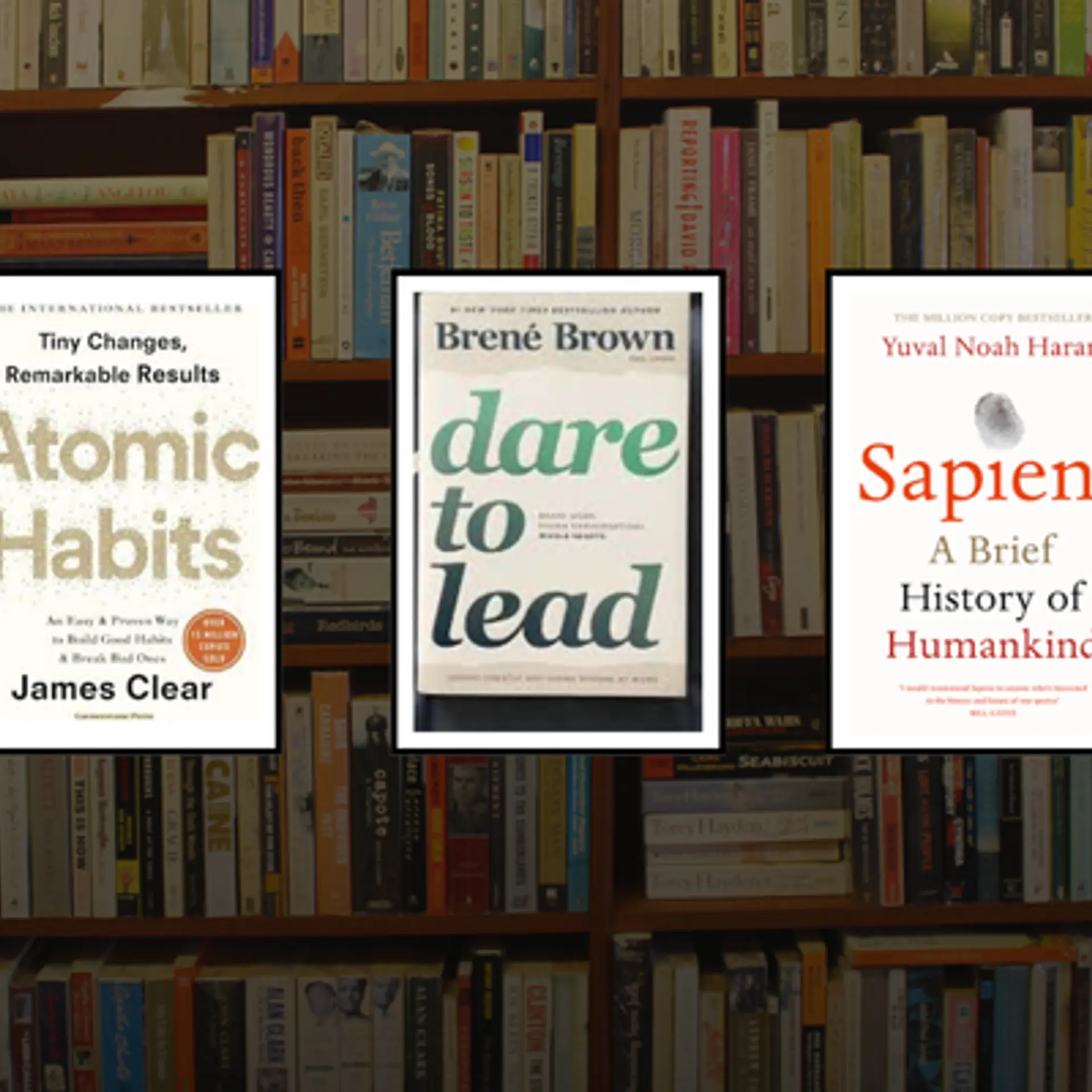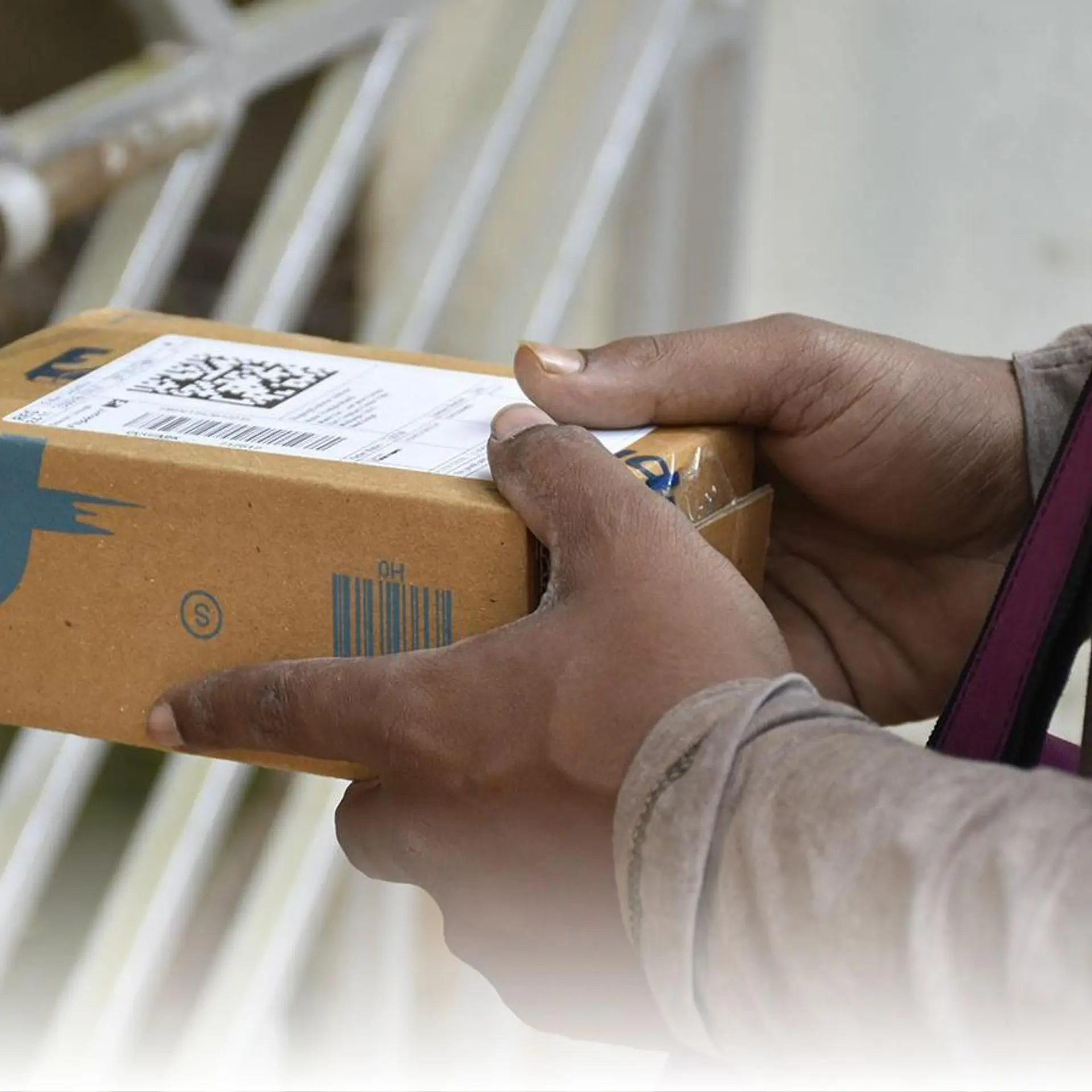Samsung Unpacked: Is This the End of Innovations Among Smartphones?
Are smartphones stuck in a loop of déjà vu? Dive into how Samsung’s Galaxy S25 and the broader industry reveal the innovation plateau—and what it means for the future.
The world of smartphones has always been a race—a race to impress, innovate, and dominate. Every year, tech giants like Samsung, Apple, and Google compete to introduce features that make jaws drop and wallets open. But in recent years, that race seems to have slowed, if not stagnated. Samsung's recent unveiling of the Galaxy S25 series is a testament to this phenomenon, leaving critics and consumers asking: Are we witnessing the end of meaningful innovations in smartphones?
Déjà Vu: The Galaxy S25 Unveiled
Samsung's latest flagship series—the Galaxy S25, S25+, and S25 Ultra—made its global debut amid much fanfare. However, the excitement quickly fizzled out when tech enthusiasts realised that the S25 is, in essence, a carbon copy of its predecessor, the Galaxy S24 series.
- Design: No major changes in size or aesthetics. The S25 features a 6.2-inch display, while the S25+ and S25 Ultra boast 6.7-inch and 6.9-inch screens, respectively. These dimensions are identical to the S24 lineup.
- Hardware: The camera setup, battery capacities, and overall build remain the same. Samsung’s only noteworthy hardware upgrade is its latest Snapdragon 8 Elite chipsets—an update that feels more like the bare minimum than a leap forward.
AI: The Savior or the Gimmick?
To make up for the lack of hardware upgrades, Samsung placed a heavy emphasis on software, specifically artificial intelligence (AI). The company has partnered with Google to integrate Gemini, Google's most advanced AI model to date. Features include:
- AI Photography: Intelligent scene recognition and real-time retouching.
- Smart Productivity: AI that drafts emails, manages calendars, and organises tasks based on user behavior.
- Entertainment AI: Enhanced video and audio editing tools.
While impressive on paper, these features come with skepticism. Studies show that only 30% of smartphone users regularly utilise AI features like voice assistants, casting doubt on how many people will make full use of Samsung’s new offerings. AI might be the buzzword of the decade, but without significant hardware to back it up, it risks becoming another gimmick—a flashy but underused feature.
Why the Innovation Slowdown?
Hardware Limitations
- Battery Technology: Smartphone processors, displays, and AI chips have come a long way, but their power sources are still playing catch-up. We’ve practically hit the ceiling with lithium-ion batteries, and next-gen solid-state designs remain stuck in prototypes. Pushing performance without truly new battery tech often leads to the twin terrors of overheating and quick drain. However, there is a glimmer of hope on the horizon—OnePlus recently launched its OnePlus 13 sporting a novel Silicon NanoStack battery technology. Early reports suggest this battery chemistry could deliver up to 20–25% higher energy density compared to standard lithium-ion cells, potentially boosting both runtime and charging speeds. While this is a promising development, mainstream adoption faces hurdles like complex manufacturing and higher production costs.
- Design Constraints: Folding phones tried to break the mold, but the “flat slab” design continues to dominate for practical reasons like durability and user familiarity. R&D on flexible displays and under-display cameras continues, but consumer-grade results remain incremental at best.
Software Plateau
With Android and iOS dominating the market, software leaps are largely incremental. AI integration, while promising, often feels like an add-on rather than a transformative experience. Users might dabble with advanced camera modes or voice assistants, but the average day-to-day usage—messaging, social media, basic apps—remains consistent.
The “Spec Race” is Over
- Processor speeds and RAM capacity raced ahead in the 2010s. By now, even mid-range phones deliver solid performance for mainstream tasks. A typical consumer isn’t starved for more GPU horsepower to check email, browse the web, or stream 4K videos.
- As a result, smartphone brands find it challenging to market significant speed bumps as must-have features. Incremental chipset updates used to wow the crowd, but in 2025, they’re about as exciting as announcing your phone comes in yet another shade of gray.
Does an Annual Launch Even Make Sense Now?
Environmental and Economic Impact
- Launching a brand-new smartphone series every year requires massive resources. From rare earth metals to manufacturing emissions, the ecological footprint is significant.
- According to GreenSmart Tech, the carbon dioxide equivalent emissions (CO₂e) tied to producing a single high-end smartphone can range from 70 to 100 kg. Multiply that by hundreds of millions of units, and you can see why environmental advocates are urging brands to slow down release cycles.
Consumer Fatigue
- Tech enthusiasts might drool over every new feature, but the general consumer is becoming numb to the barrage of launches. In a recent YouGov poll, 68% of respondents across North America and Europe said they “felt overwhelmed” by the number of smartphone launches, indicating brand fatigue.
- Annual releases can be a marketing tradition, but the real question is whether these incremental updates justify the hype, cost, and environmental strain.
Where Do We Go From Here?
Potential Shifts in Innovation
- Modular Phones: Companies like Fairphone and select startups have shown their interest in modular designs that let you swap out cameras, batteries, or storage. Although still niche, it could gain momentum in a world wary of e-waste and itching for more user customisation.
- AI-Driven Personalisation: If Gemini or other AI platforms become more sophisticated, we might see real benefits like context-aware battery optimisation, advanced speech recognition, or instantaneous language translation that genuinely enhances daily usage.
- Extended Lifecycles: Expect more brands to offer extended software updates—6 years or more—and robust after-sales support to encourage longer device lifespans.
Rethinking the Product Roadmap
- Rather than launching a new flagship every 12 months, some analysts predict major smartphone makers might transition to a “one big release every two years” strategy, focusing on substantial updates rather than rehashing designs.
- This approach could alleviate consumer fatigue, reduce environmental impact, and allow R&D teams more time to craft genuinely groundbreaking features.
Final Verdict: Not the End, But a Slow Road Ahead
So, is this the end of innovations among smartphones? It’s more like a scenic slowdown than a dead end. The Galaxy S25’s slight chipset boost and AI push might not wow the masses, but they reflect broader trends: hardware is near its peak, and software is seeking new frontiers. The real challenge for Samsung, Apple, Google, and every other smartphone giant is to break free from this loop of incrementalism.
Until then, we, as consumers, might just shrug off the “next best thing” as the “same old, same old.” Perhaps the next big smartphone revolution will come not from a bump in processor speed or a new color variant, but from a radical shift in design, battery technology, or genuine AI integration that actually changes our day-to-day routines.
Edited by Rahul Bansal







